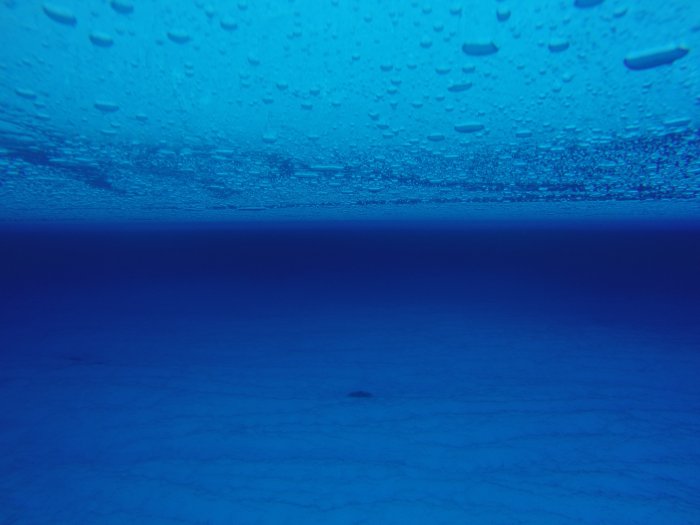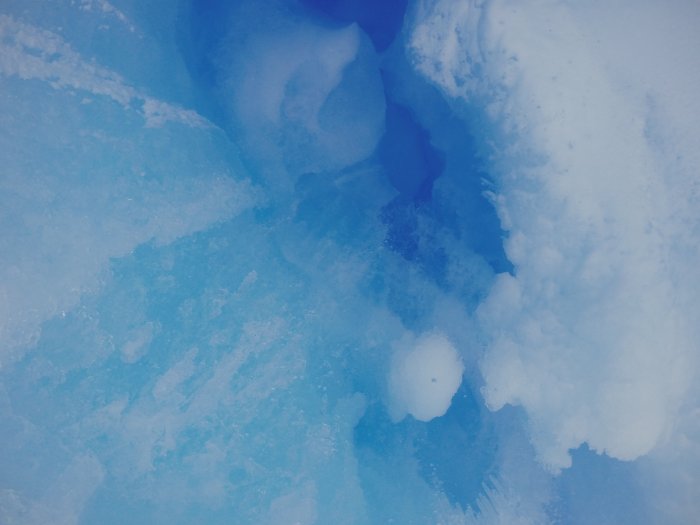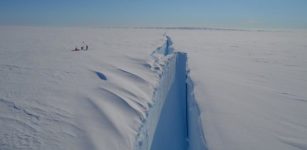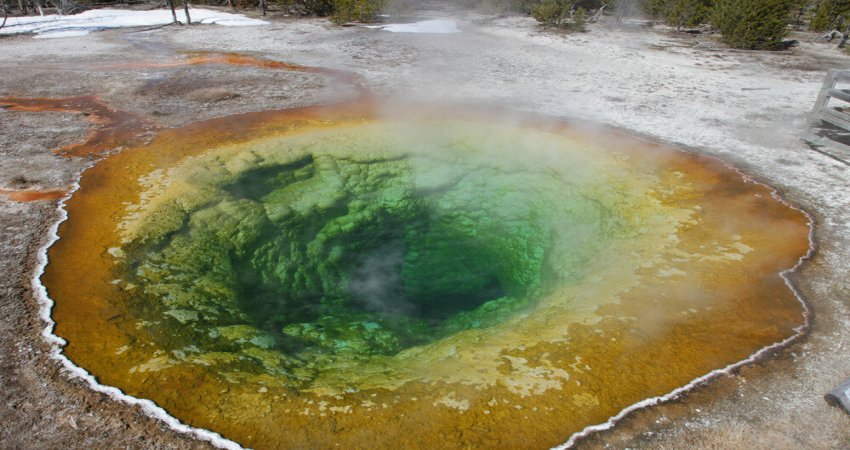Giant Crater In East Antarctica Can Be Serious Sign Of Climate Change
MessageToEagle.com – Recent studies indicate ice shelves in some regions of East Antarctica are melting faster than scientists had previously assumed. In East Antarctica there is a giant crater on the King Baudoin ice shelf.
Through a unique combination of field work, satellite data and a climate model, scientists are now concluding this giant crater can be a serious sign of climate change.
“Tens of meters of rising sea levels are locked away in Antarctica and our research has shown that also East Antarctica is vulnerable to climate change,” researcher Jan Lenaerts from the Utrecht University/KU Leuven said.

Strong and persistent wind transports warm, dry air to the region, and blows away the snow. When the surface becomes darker surface, it subsequently absorbs more of the sun’s heat. This can explain why some parts of the East Antarctica ice shelves are melting so rapidly.
Because the ice shelf is floating in the ocean, its melting does not immediately contribute to sea level rise. However, the ice shelves around Antarctica are extremely important for ice sheet stability, because they hold back the land ice. If the ice shelves collapse, this land ice ends up in the ocean and consequently sea level will rise.
See also:
Link Between Captain Cook’s 1778 Records And Global Warming Discovered
Why Do We Have An Ice Age Every 100,000 Years?
Did The Birth Of The Himalayas Destroy An Entire Continent?
Two Giant Mysterious Blobs Beneath Earth’s Surface Puzzle Scientists
The giant crater on King Baudoin was discovered in 1998 and scientists have studied it ever since.
The amount of melt water differs immensely from year to year, but it clearly increases during warm years.

© Stef Lhermitte
Last years observations show that Antarctica’s contribution to rising sea levels depends largely on the stability of these melting ice shelves.
“That study indicated that West Antarctica is extremely sensitive to climate change. But our research now suggests that the much larger East Antarctica ice sheet is also very vulnerable, Lenaerts said.
MessageToEagle.com










